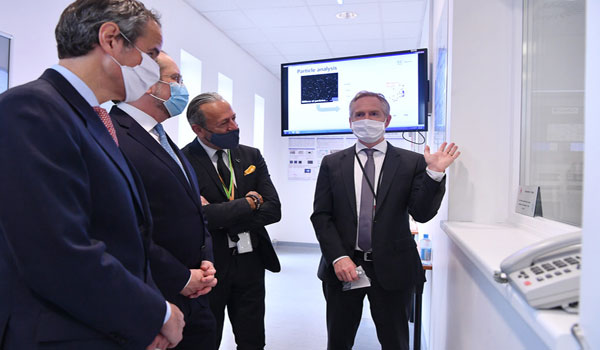PEST Analysis may be a measuring system that’s used at a given moment to gauge the markets of a given product or company.
PEST stands for the factors of policy, economics, society and technology.
After analyzing these aspects, organizations may make better business decisions.
PEST Analysis assists firms to require better business decisions and increase their efficiency through the analysis of several elements, like political, economic, social and technology.
PEST analysis assists with strategic company choices, marketing strategy, development and research. It’s like SWOT, meaning strength, weakness, opportunities and threats.
Let’s analyze each PEST analysis element thoroughly. ‘P’ refers to the political environment in PEST analysis.
It includes government regulations or any set norms for that sector or company especially.
It also requires an analysis of the tax program, including exemptions, labor law, environmental legislation, and so on.
In the PEST analysis, the letter ‘E’ represents economic aspects. It measures the economic environment by investigating macroeconomic factors like interest rates, economic process, the rate of exchange and inflation.
These elements also contribute to demand, product cost, expansion and growth.
‘S’ stands for social variables that structure the organization’s macro environment. It covers the research of the population and target customers. These characteristics contribute to the market’s potential size.It addresses issues such as population growth, age distribution, and career attitudes, among others.
In PEST analysis, the letter ‘T’ stands for technology. As we all know, technology is changing very quickly and other people thirst for brand-spanking-new technology.
It includes a grasp of technical developments, the speed at which technology becomes outdated (Example: mobile operating system), automation and innovation.
PEST analysis (political, economic, social and technological) may be a management method by which a corporation can evaluate important external elements that influence its operation to make the market more competitive.
These four categories are crucial to the present model, as described within the acronym.
The PESTLE strategic planning technique, which comprises the added legal and environmental issues, maybe a common version within the PEST Analysis style, notably within the UK.
It is thought that Harvard Professor Francis J. Aguilar introduced PEST Analysis under the acronym ETPS.
Aguilar presented the economic, technological, political, and social aspects as key effects on the business environment within the 1967 publication “Scanning the business environment.”
The letters were then rearranged to form a comfortable and strange acronym that is still in use today.
Entire review of the first impact areas affecting the industry during which a corporation is found and, therefore, the organization’s own organization can make strategic planning simpler.
This schedule is often undertaken to maximize the organization’s ability to profit in existing conditions, and to be better informed and ready for immediate changes that allow the business to remain before its competition.
The PEST analysis focuses on the areas in which changes in government policy and/or legislation affect the economy, the specific industry, and thus the organization in question.
Policy areas that can affect a corporation, especially include tax and employment rules.
The organization can also be heavily influenced by the broader political situation of a rustic region and international ties.
PEST Analysis (political, economic, social, and technological) is a management strategy that allows a company to assess important external factors that influence its operations in order to become more competitive in the market.
These four categories are crucial to the present model, as described within the acronym.
The PESTLE Strategic Planning technique, which adds additional legal and environmental concerns, may be a popular variation within the sort of the PEST analysis, particularly within the UK.
It is thought that PEST analysis was first offered by Harvard Professor Francis J.
Aguilar under the acronym ETPS. Aguilar presented the economic, technological, political, and social aspects as key effects on the business environment within the 1967 publication “Scanning the business environment.”
Afterward, the letters were adjusted to make them comfortable and strange.
Political, economic, social and technological analysis stands for PEST. This type of research is used to identify external factors that will have an impact on a company's profitability.
Related: 10 SWOT Analysis Tools for Small Businesses


